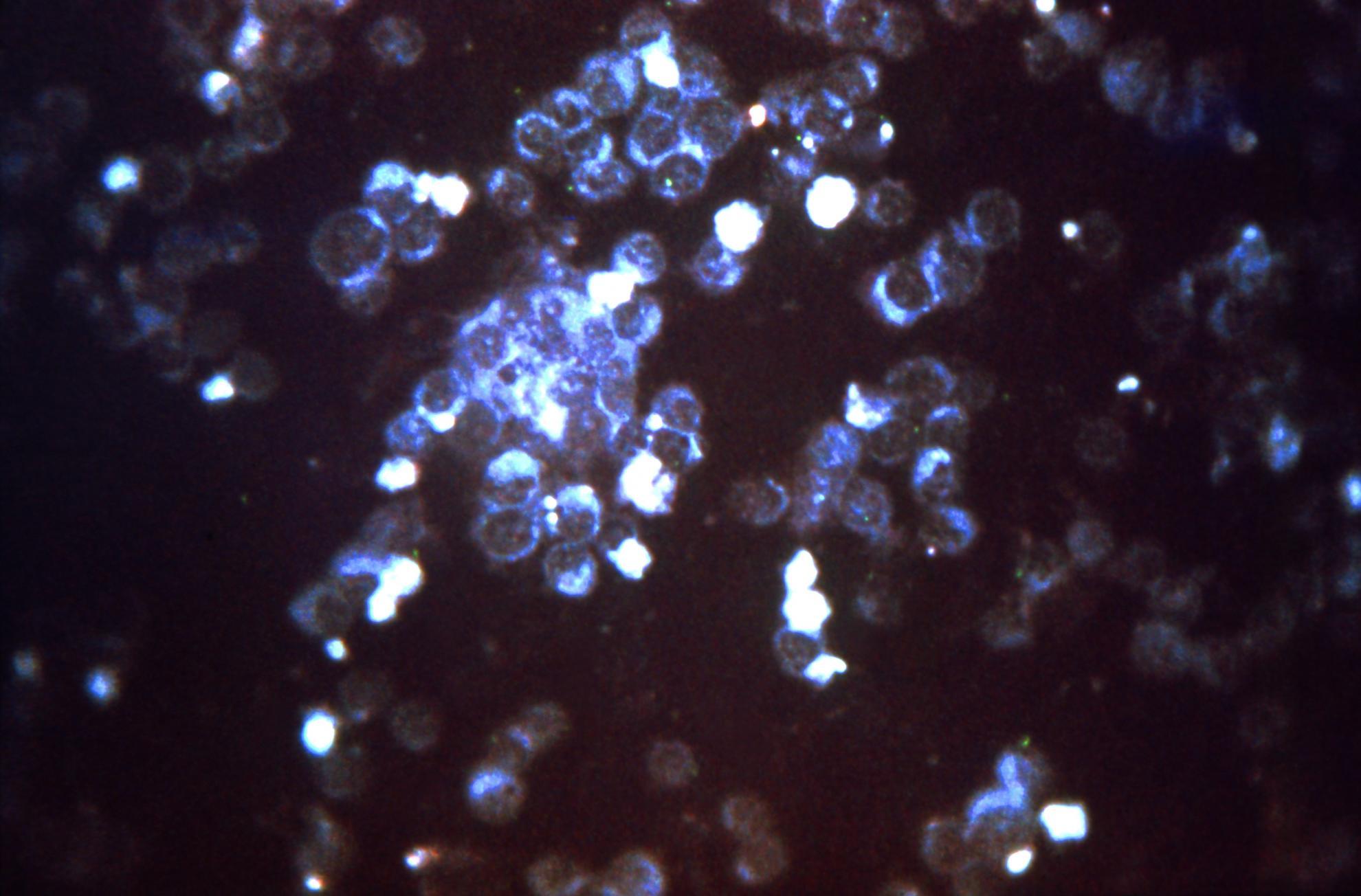Bovine model of respiratory syncytial virus infection
Bovine respiratory syncytial virus (BRSV), which is an important cause of respiratory disease in young calves, is genetically and antigenically closely related to human (H)RSV. The epidemiology and pathogenesis of infection with these viruses are similar. The viruses are host-specific and infection produces a spectrum of disease ranging from subclinical to severe bronchiolitis and pneumonia, with the peak incidence of severe disease in individuals less than 6 months of age. BRSV infection in calves reproduces many of the clinical signs associated with HRSV in infants, including fever, rhinorrhoea, coughing, harsh breath sounds and rapid breathing. Although BRSV vaccines have been commercially available for decades, there is a need for greater efficacy. The development of effective BRSV and HRSV vaccines face similar challenges, such as the need to vaccinate at an early age in the presence of maternal antibodies, the failure of natural infection to prevent reinfection, and a history of vaccine-augmented disease. Neutralising monoclonal antibodies (mAbs) to the fusion (F) protein of HRSV, which can protect infants from severe HRSV disease, recognise the F protein of BRSV, and vice versa. Furthermore, bovine and human CD8+ T-cells, which are known to be important in recovery from RSV infection, recognise similar proteins that are conserved between HRSV and BRSV. Therefore, not only can the bovine model of RSV be used to evaluate vaccine concepts, it can also be used as part of the preclinical assessment of certain HRSV candidate vaccines.
Back to publications
